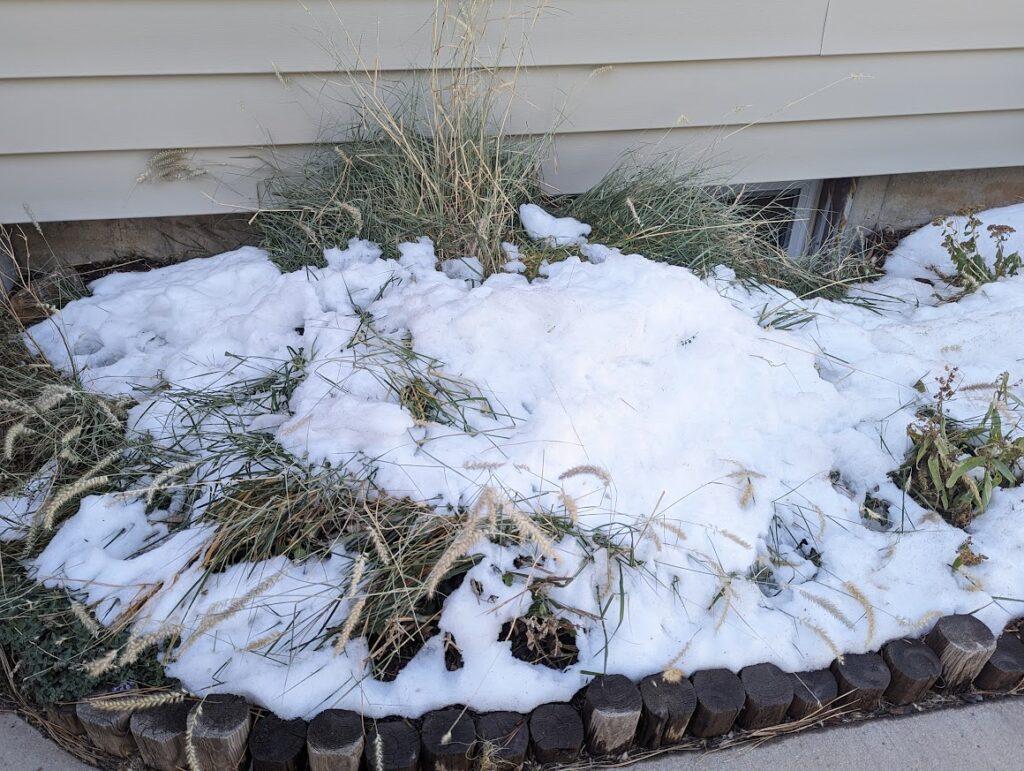Indian summer plants provide a final burst of warm color just as autumn arrives. While many gardeners view these plants as temporary flashes of color before winter, proper care allows Indian summer bloomers to survive and even flourish once colder weather settles in. With the right techniques, you can highlight Indian summer plants like alstroemeria and ornamental peppers in your winter garden.
What is Indian Summer?
The term “Indian summer” refers to a stretch of unseasonably warm weather in fall, usually coming after a substantial cold snap. These few weeks of sunshine provide a final chance to enjoy the garden before winter.
Certain plants thrive during the transitional period between summer and winter. These Indian summer bloomers unleash one last floral display just as many other plants go dormant. While Indian summer only lasts briefly, you can keep these plants thriving into and even through the winter with proper care.
Caring for Popular Indian Summer Plants
Here are tips for helping some favorite Indian summer plants flourish over the winter months
Alstroemeria
Also called Peruvian lily, alstroemeria bears elegant clusters of pink, orange, red, purple, yellow, or white blooms. To overwinter alstroemeria
- Cut back foliage after it dies back in late fall to prevent disease and conserve energy.
- Apply 4-6 inches of mulch around the base to insulate roots from extreme cold.
- Cover with frost cloth to protect from freeze damage on very cold nights.
- Water sparingly during dormancy, providing just enough moisture to prevent roots from drying out completely.
- Divide overgrown clumps in early spring to rejuvenate the plant.
Ornamental Peppers
While grown for their vivid fruit ornamental peppers also produce delicate white blooms in fall. The peppers persist through light frosts. To overwinter peppers
- Move potted plants to a sheltered spot safe from hard freezes. An unheated garage or enclosed porch often works well.
- Reduce watering frequency but don’t allow pots to dry out completely.
- Prune back plants by 1/3 to 1/2 before bringing indoors for winter. This reduces water needs and encourages fruiting the following season.
Marigolds
These classic bedding plants flower continuously until killed by hard frost. To extend marigolds’ bloom period:
- Choose late-blooming varieties marketed as “cinnamon” or “winter” marigolds. Look for ‘Fireball’, ‘Montauk’, or ‘Romeo’.
- Protect plants by covering with cloches, plastic tunnels, or fabric row covers at night when frost threatens.
- Remove spent flowers regularly to promote new blooms.
Chrysanthemums
Available in countless colors, shapes and sizes, chrysanthemums flower until stopped by freezing temperatures. To enjoy mums into winter:
- Select later-blooming varieties. Check plant tags for peak bloom times.
- Site plants in protected areas against walls or fences that radiate warmth.
- Cover plants overnight as needed once frost arrives. Remove coverings by morning.
Asters
Closely related to daisies, asters produce abundant single, semi-double, or fully double blooms in many colors. To extend their bloom period:
- Choose late-season bloomers. Look for types marketed as “fall asters”.
- Deadhead spent flowers to encourage re-blooming.
- Protect plants from hard freezes by covering or moving to a sheltered spot.
Sweet Alyssum
This dainty annual features trailing mounds of tiny white or purple flowers from spring until frost. To enjoy it into winter:
- Plant in containers that can be moved to protected areas as needed.
- Prune plants back halfway in late fall to reduce leggy growth and encourage new blooms.
- Apply water-soluble flower fertilizer monthly to nourish plants.
Growing Indian Summer Favorites in Containers
Many Indian summer plants adapt readily to container culture. Grow them in pots to make overwintering easier:
- Select containers at least 12-18 inches wide and deep. This provides ample root space.
- Use a quality all-purpose or container-specific potting mix. Add drainage material like pebbles or gravel at the base.
- Situate pots in areas protected from harsh winds and extreme cold. Cover or move them into shelter as needed once hard frosts begin.
- Water less frequently over winter but don’t allow pots to dry out completely.
- Apply liquid fertilizer monthly during the active growth period for profuse blooms.
Transitioning Plants for Spring
Once winter passes, Indian summer plants need proper care to flourish in spring:
- Prune back any dead or damaged stems or roots.
- Check for pests like aphids or diseases. Treat any issues immediately.
- For potted plants, repot into fresh soil or move back outdoors once all danger of frost has passed.
- Gradually expose outdoor plantings to longer periods of sun and weather to harden off.
- Resume regular watering and fertilizing as plants come out of dormancy and start growing again.
Enjoying Indian Summer Plants Year-Round
By selecting cold-tolerant varieties, providing protection from freezes, and adjusting care accordingly, you can highlight Indian summer plants from autumn through spring. Their vivid colors enliven the landscape even as winter sets in. With the right care, these remarkable plants persist well beyond their brief window of warmth and sunshine.

15 Perennial Flowers That Will Transform Your Garden (All Season Long!)
FAQ
How do you take care of Peruvian Lilies in the winter?
Winter care is minimal for Peruvian Lilies. This plant is an herbaceous perennial, and the growth dies back in the fall. Remove the foliage, ensure the roots are protected if cold temperatures are possible, and wait for new growth to appear in the spring.
Does an Indian summer mean a cold winter?
Frost or not, Indian Summer always follows a substantial period of cool weather. The cold of winter usually follows in fairly short order.Oct 10, 2022
Can you overwinter Alstroemeria?
Overwintering: In climates where Alstroemeria aren’t winter hardy, you can overwinter the tubers indoors by digging them up in the fall after the first frost, being careful not to damage the roots.
What plant grows best in winter?
a few things that grow ok in cooler temperatures are many greens like lettuce, spinach, arugula, kale, mache, cress, claytonia, chrysanthemum; onions, radish, cilantro.
